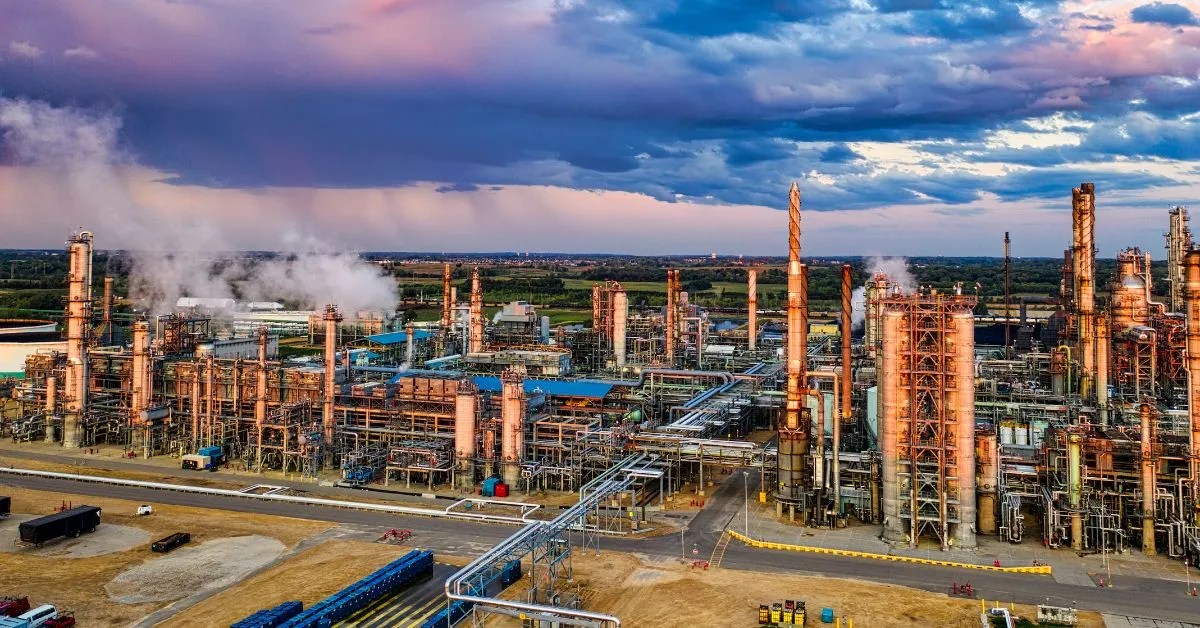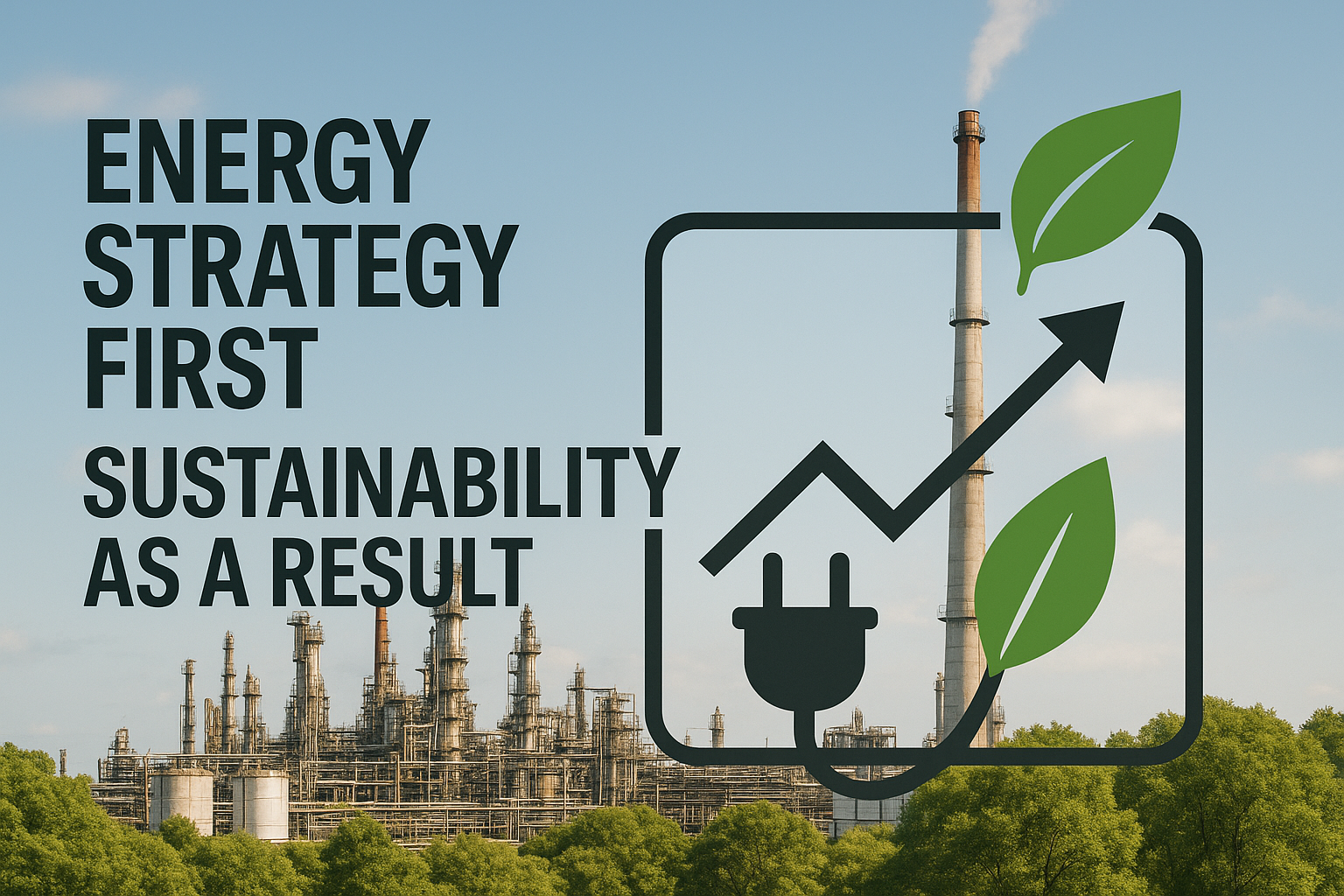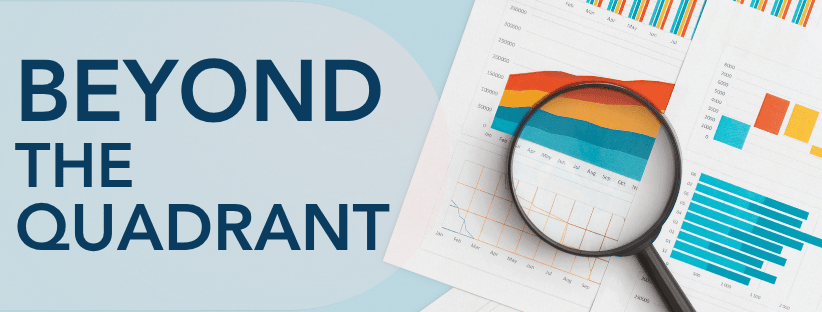Industrial operations account for a significant portion of global energy consumption and CO₂ emissions. Within this challenge lies a powerful economic opportunity. According to Deloitte, process manufacturing companies are already developing multi-year energy transition roadmaps, prioritizing initiatives that transform operations through smart manufacturing technologies such as AI, IIoT, and advanced analytics. These efforts demand not only technological upgrades but also deep organizational and financial commitment to meet decarbonization goals.
AI-driven process optimization can significantly reduce industrial energy use, with some applications delivering immediate, measurable results. This isn’t a future promise—it’s happening now in refineries, cement plants, and chemical facilities, driving both emissions reductions and profit gains that directly impact your bottom line.
Here’s a sobering fact: the vast majority of plant data goes unused in process analysis. AI helps bridge this gap, turning untapped information already flowing through your systems into practical optimization strategies.
This article strips away the complexity to show you practical, proven steps for implementing intelligent process optimization in your operations. You’ll learn how to identify quick wins, work within integration constraints, and build a roadmap that delivers real carbon reductions while boosting profitability. Whether you’re running a single unit or managing multiple facilities, these insights can help you turn the energy transition from a compliance burden into a competitive edge.
Why Yesterday’s APC Isn’t Enough
Traditional Advanced Process Control has delivered value over the years, but it often struggles to keep up with the complexity of modern operations. Conventional APC systems use linear mathematical models that need constant manual retuning. They simply can’t capture the non-linear relationships that define your plant-specific operations.
Closed Loop AI Optimization (AIO) represents the next evolution, building dynamic neural network models that self-optimize in real-time.
Traditional APC treats your plant like a simple equation, but your actual operations involve complex connections between temperature, pressure, flow rates, and dozens of variables that change dynamically. This leaves tremendous optimization opportunities untapped.
Reinforcement learning models grasp the true non-linear dynamics of your specific operations. Closed Loop AI Optimization (AIO) continuously adapts to changing conditions without requiring manual updates, identifying optimization opportunities that traditional systems often overlook.
The performance difference shows in your margins. Refineries using advanced RL technology report cost improvements per barrel, with energy reductions that directly cut carbon emissions.
“Black-box” concerns and integration complexity often stop modern optimization adoption. Contemporary systems address both by providing transparent model explanations and working seamlessly within your existing control infrastructure.
The gap between traditional APC and reinforcement learning systems isn’t just technical, it’s got strong ties to the business as it impacts competitive advantage. While others struggle with manual updates and linear optimization limits, advanced RL delivers continuous, autonomous optimization that adapts to your plant’s unique characteristics and changing conditions.
The Four-Phase Framework for AI-Optimized Energy Transition
Deploying intelligent optimization requires a structured approach that balances technical rigor with operational reality. This four-phase framework transforms your highest-energy units into profit centers while building organizational confidence in advanced technologies.
Phase 1 – Assess & Prioritize
Your data audit determines readiness across plant operations. Start by evaluating historian data quality. You’ll need clean, consistent tags spanning at least 90 days of operation. Check DCS connectivity and ensure your control systems can accept external setpoint adjustments. Data quality issues plague many process industry leaders, but addressing these upfront prevents costly delays later.
Create a carbon-versus-margin heat map to identify high-impact units. Your rotary kilns, distillation columns, and polymer finishing lines typically offer the most significant optimization potential.
Establish clear baselines for measuring improvements. Document current energy consumption, throughput rates, and emissions levels. This baseline becomes your proof point for demonstrating value to skeptical stakeholders. Stakeholder alignment across operations, engineering, and management is critical. Secure a champion engineer who understands both the technical constraints and business objectives.
Phase 2 – Pilot & Prove Value
Build your 90-day model targeting energy reduction. Advanced systems can achieve natural gas reduction in polymer units, making this target achievable with proper implementation. Establish clear KPIs and measurement protocols before model training begins. Track energy consumption, product quality metrics, and operational stability.
Train your model on historical data while involving operators from day one. Workforce acceptance remains a significant constraint, but early operator involvement builds confidence and uncovers practical insights that pure data analysis might miss. Set realistic expectations for your pilot timeline, as complex industrial processes require iterative refinement.
Phase 3 – Integrate & Adopt
Implement Closed Loop AI Optimization (AIO) with your DCS systems. This technical step transforms your optimization from an advisory tool to an active controller, enabling real-time action based on model recommendations.
Many organizations struggle with explainability, but transparency builds trust and accelerates adoption. Establish feedback loops for continuous improvement, as operators possess process knowledge that enhances model performance. Train operators on new workflows while maintaining operational safety, focusing on how technology amplifies their expertise rather than replacing their judgment.
Phase 4 – Scale & Sustain
Implement KPI governance frameworks that track both technical performance and business outcomes. Monitor energy savings, emissions reductions, and margin improvements while ensuring model reliability across different operating conditions. Deploy continuous learning strategies that adapt to changing process conditions, feedstock variations, and market requirements.
Scale your approach across multiple units using lessons learned from your pilot. The proven template for rapid deployment delivers measurable results while minimizing risk across your operations. This structured framework transforms optimization deployment from risky experiment to systematic capability building, ensuring your organization captures both immediate efficiency gains and long-term competitive advantage.
Measuring What Matters
When you deploy intelligent optimization in your plant, three metrics tell the complete story: carbon reduction, financial returns, and operator confidence. These measurements validate your investment and guide future expansion decisions.
Start with your carbon impact using a straightforward formula: baseline energy consumption (MMBtu/day) × emission factor (tCO₂/MMBtu) × reduction percentage = annual carbon savings. For cement operations, advanced kiln optimization delivers 5-10% energy efficiency gains, translating directly to equivalent emission reductions when you maintain production levels. This direct correlation makes carbon tracking both simple and accurate.
Financial returns follow a similar logic: energy savings ($/year) + yield improvements ($/year) + reduced non-prime production ($/year) = total annual benefit. In refining, this calculation consistently produces $0.30-$0.50 per barrel margin increases when properly implemented. Your IRR calculation should include implementation costs, ongoing support, and the time value of faster payback periods.
Confidence metrics matter just as much as the numbers. Track recommendation adoption rates, the percentage of suggestions operators accept and implement. High adoption rates (above 80%) indicate both model accuracy and operator trust. Monitor recommendation frequency and accuracy over time to ensure your optimization solution maintains reliability as process conditions change.
Create executive dashboards that display rolling 30-day averages for each metric category. Include variance bands showing normal operational ranges versus optimized performance. Smart optimization can offset its own environmental impact through the efficiency gains it enables, so track net environmental benefit alongside gross energy consumption.
Avoiding Pitfalls in Energy Transition
When deploying intelligent optimization in your plant, you’ll face predictable obstacles that can derail even well-funded projects. Process industry leaders who spot these pitfalls early can navigate around them and speed their path to measurable carbon and cost savings.
The most common implementation obstacles fall into technical and organizational categories.
On the technical side, poor historian data quality is the biggest roadblock. Run comprehensive data cleaning scripts before any deployment begins. Many plants discover their sensor data contains gaps, inconsistent formats, or measurement errors that make optimization models unreliable.
Black-box perception creates another major obstacle. Operators resist recommendations they can’t understand or verify. Counter this by providing daily model explainability reports that show which process variables drove each recommendation. When your team sees that the system found a temperature-pressure relationship they hadn’t considered, confidence builds quickly.
Staffing gaps present additional constraints. Traditional control engineers need modern upskilling, while data scientists need process knowledge. Cross-train your existing team rather than hiring entirely new talent—your control engineers already understand your plant’s unique behavior patterns.
Scope creep kills projects on the organizational side. Lock your KPIs up front with clear baselines: exactly how much energy reduction constitutes success, measured over what timeframe, on which specific units. Without this clarity, expectations drift and ROI becomes impossible to demonstrate.
Misaligned incentives create another obstacle. If operations manager bonuses depend on maintaining current production rates, they’ll resist optimization recommendations that temporarily reduce throughput for long-term efficiency gains. Link performance bonuses directly to energy KPIs to align everyone’s interests.
Change management requires transparent communication about how intelligent systems amplify rather than replace human expertise. Involve operators in model validation from day one—when they help verify recommendations against their operational knowledge, they become advocates rather than skeptics.
Future-Proofing Your Plant: Regulations & Market Shifts
The regulatory landscape is shifting rapidly beneath your feet. Carbon pricing mechanisms are expanding globally, while border-adjustment taxes will soon penalize high-emission imports. These aren’t distant policy discussions. They’re immediate financial realities reshaping your cost structure within 24 months.
Global energy demand is projected to surge 34% by 2050. Rising energy costs aren’t temporary market blips. They’re the new baseline that makes every efficiency gain more valuable. What used to be a nice-to-have optimization is now essential for maintaining margins.
Your optimization solution needs three forward-looking capabilities to navigate this environment: rapid model retraining for alternative fuels as you blend bio-feedstocks or switch to hydrogen-enriched natural gas; fleet-wide optimization that shares learnings across multiple plants, maximizing your collective efficiency gains; and automated ESG reporting that turns your operational data into compliance documentation without manual effort.
Early adoption creates a lasting competitive advantage as regulations tighten. While competitors scramble to meet new requirements, you’ll already have the systems and expertise to exceed them profitably.
For process industry leaders seeking measurable carbon reductions and profit improvements, Imubit’s Industrial AI Platform offers a data-first approach to process optimization through its Closed Loop AI Optimization (AIO).
By addressing the limitations of traditional optimization methods, Imubit delivers both environmental and financial benefits that make energy transition a competitive advantage rather than a compliance burden. Book a complimentary assessment to see what AIO can do for your plant.




